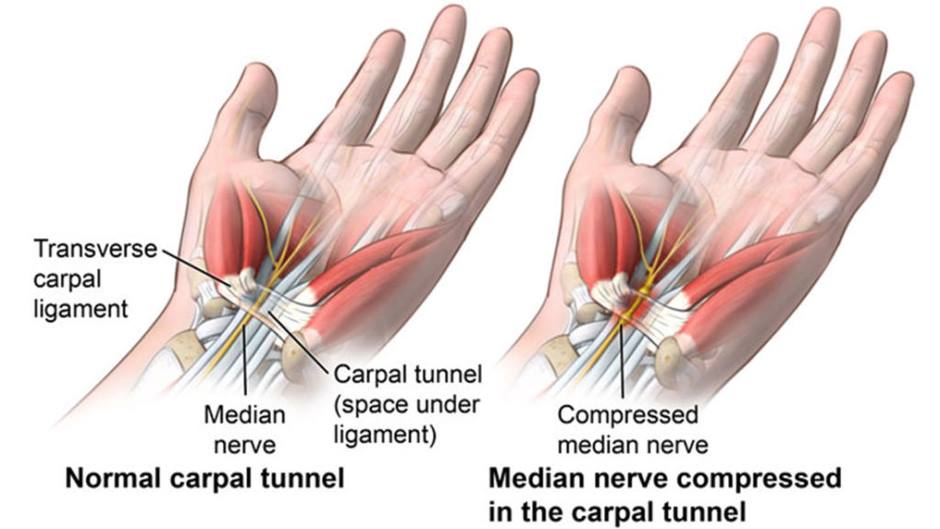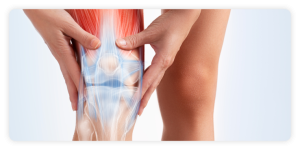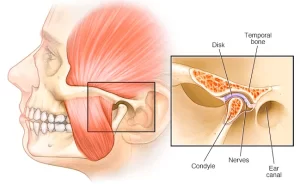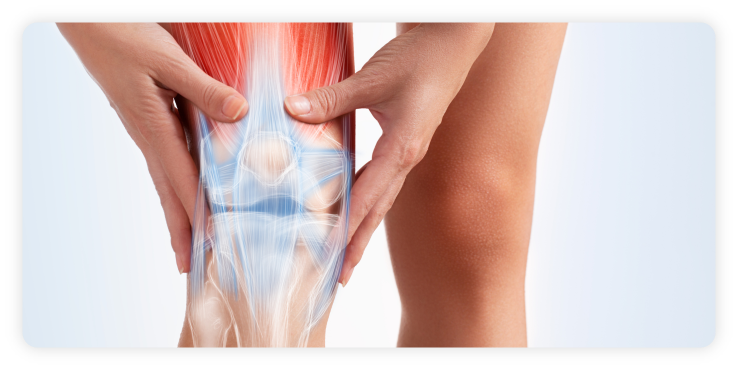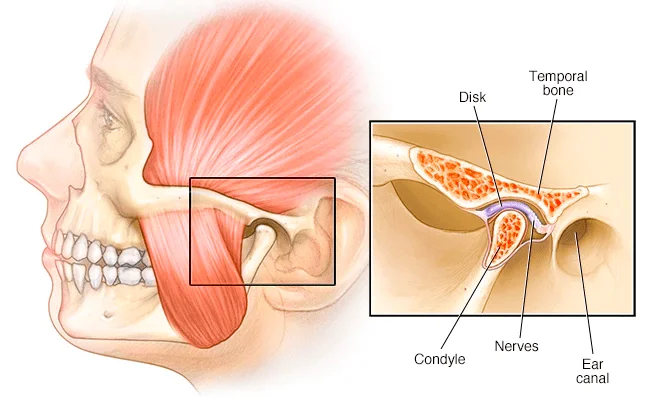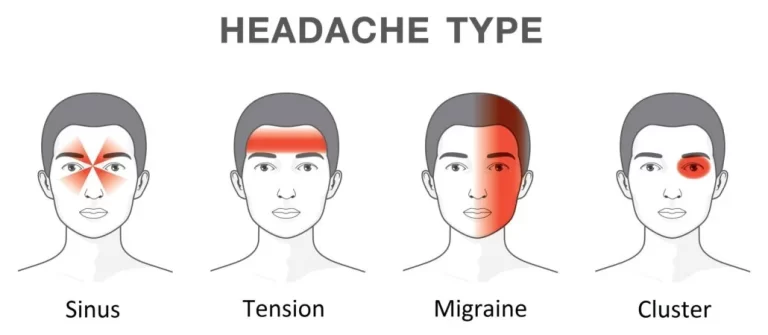What is Carpal Tunnel Syndrome?
Carpal Tunnel Syndrome is a common condition that causes pain, numbness and tingling in the hand and arm. The condition occurs when one of the major nerves to the hand, that is the median nerve is squeezed or compressed as it travels through the wrist.
What causes Carpal Tunnel Syndrome?
This syndrome occurs when the tunnel becomes narrowed or when tissues surrounding the flexor tendons swell, putting pressure on the median nerve. These tissues are called the synovium. Normally, the synovium lubricates the tendons, making it easier to move the fingers. When the synovium swells, it takes up space in the carpal tunnel and over time, crowds the nerve. This abnormal pressure on the nerve can result in pain, numbness, tingling, and weakness in the hand.
Risk factors of Carpal Tunnel Syndrome
Most cases of this Syndrome are caused by a combination of factors. Studies show that women and older people are more likely to develop the condition. Other risk factors for carpal tunnel syndrome include heredity, repetitive hand use, hand and wrist position, pregnancy, diabetes, rheumatoid arthritis, and thyroid gland imbalance are conditions that are associated with Carpal Tunnel Syndrome.
Symptoms of Carpal Tunnel Syndrome
Symptoms may include numbness, tingling, burning, pain, occasional shock-like sensations that radiate to the thumb and index, middle, and ring fingers, pain or tingling that may travel up the forearm toward the shoulder, weakness, and clumsiness in the hand and dropping things. In most cases, the symptoms of carpal tunnel syndrome begin gradually without a specific injury. Symptoms come and go at first. However, as the condition worsens, symptoms may occur more frequently or may persist for longer periods of time.
Nonsurgical Treatment for Carpal Tunnel Syndrome
Managing carpal tunnel syndrome often begins with nonsurgical approaches aimed at reducing symptoms and improving hand function. At Orchard Health Clinic, our carpal tunnel syndrome treatment options include:
-
Physical Therapy:
Our therapists focus on restoring mobility, flexibility, and strength in the wrist. This involves manual therapy techniques such as soft tissue mobilisation, carpal bone adjustments, and median nerve mobilisation. Therapeutic ultrasound therapy and splinting are also utilised to assist with treatment. As symptoms improve, personalised strengthening exercises, stretches, lifestyle recommendations, and ergonomic modifications are prescribed to support recovery.
-
Cryotherapy:
To alleviate inflammation and reduce pressure on the median nerve, cryotherapy is employed. Applying cold temperatures to the affected area can effectively minimise swelling and relieve pain.
-
Neuromuscular Therapy:
This technique involves applying moderate pressure along the forearm, from the fingertips to the elbow, to improve blood circulation. Enhanced circulation helps reduce tendon inflammation, thereby decreasing pressure on the median nerve and alleviating discomfort.
It’s important to consult with a healthcare professional to determine the most appropriate carpal tunnel syndrome treatment for your specific condition.
Surgical Treatment for Carpal Tunnel Syndrome
When nonsurgical methods do not provide sufficient relief, surgical intervention may be considered. Treatment options for carpal tunnel syndrome include:
-
Open Carpal Tunnel Release Surgery:
This procedure involves making an incision in the palm to access and cut the transverse carpal ligament, thereby relieving pressure on the median nerve.
-
Endoscopic Carpal Tunnel Release Surgery:
A minimally invasive technique where a small incision is made, and a camera-guided instrument is used to cut the transverse carpal ligament.
Surgical treatments are generally considered when symptoms persist despite conservative management. Consulting with an orthopaedic specialist is essential to determine the suitability of surgical intervention for your condition.
Check out our popular articles: Diastasis Recti, Tight Back Muscles, Irritable Bowel Syndrome (IBS), Temporomandibular Joint (TMJ) Dysfunction, Tennis Elbow, Wrist Tendon Injury, Sciatica, Whiplash, Hernia, Herniated Disc (Slipped Disc).
